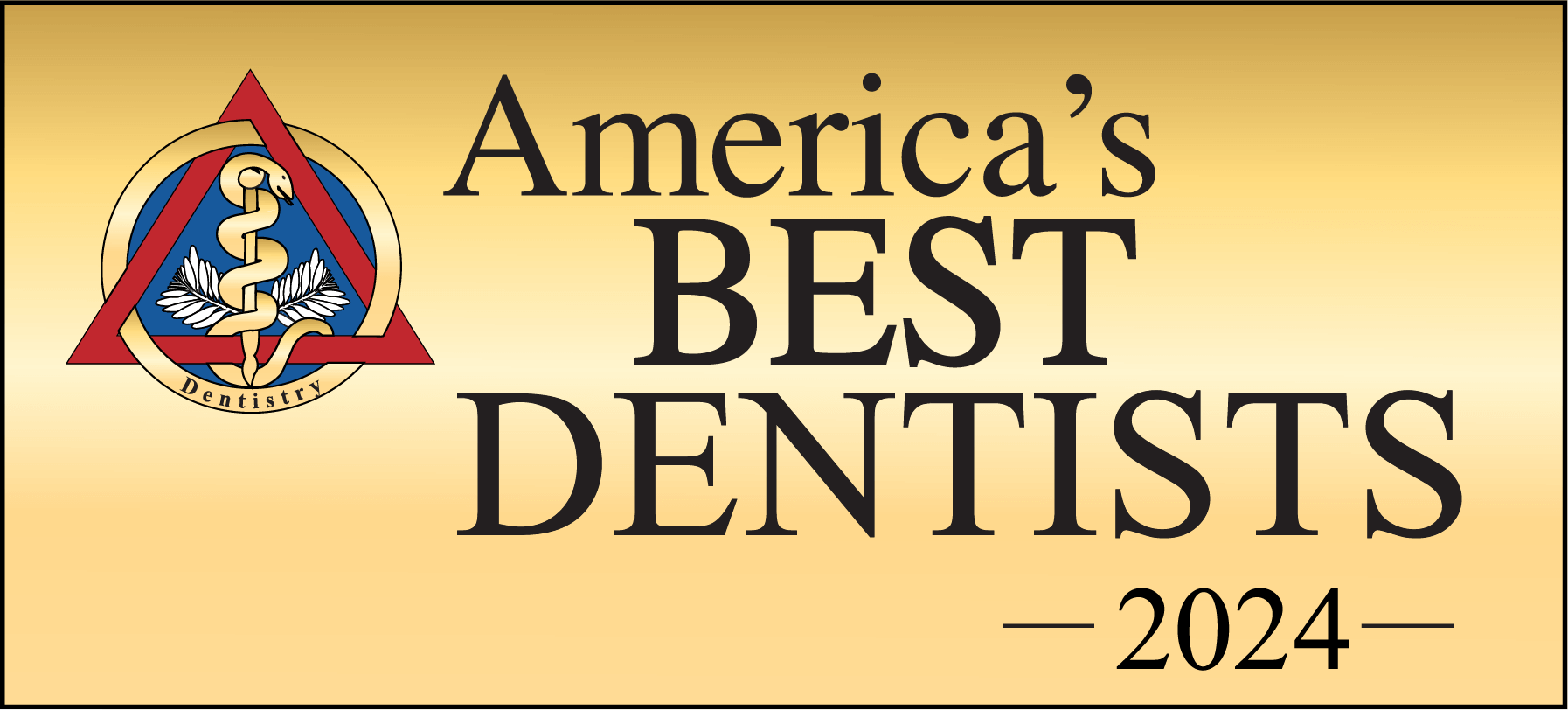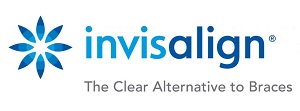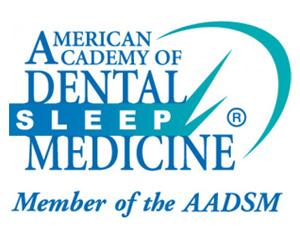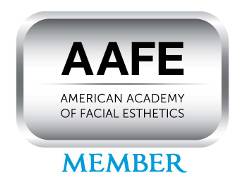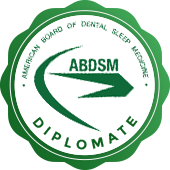How a Dental Oral Appliance Helps with Sleep Apnea
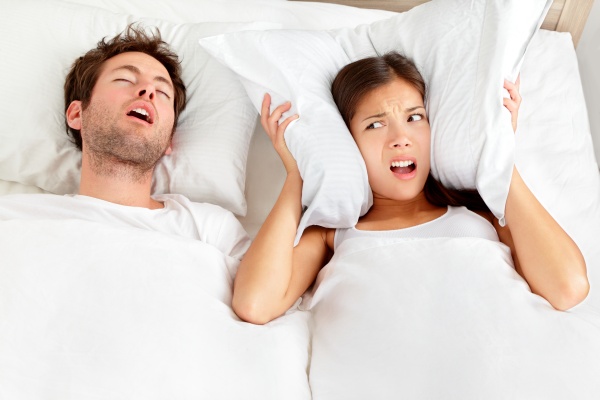
Sleep apnea is a serious condition that causes people to stop breathing for a few seconds at regular intervals while sleeping. When the air passages are blocked, airflow is restricted temporarily, reducing the amount of oxygen the brain gets. The condition has physiological and mental implications for the patient and can cause unwanted side effects. An available treatment option for sleep apnea are oral appliances, which are provided by dentists.
Oral appliance therapy for sleep apnea
Oral appliances are created to be worn inside the oral cavity by a patient while sleeping. They prevent the air passages from closing or collapsing and ensure free and easy breathing. The device is highly effective for treating mild to moderate cases of sleep apnea.
There are several types of oral devices available for treating sleep apnea and snoring. These devices will either move the lower jaw forward or work as tongue retaining appliances. Each aims to prevent or restrict the tongue from falling backward and inhibiting the airway.
A mandibular advancement device (MAD) looks like a mouthguard. The device fits over the top and bottom teeth and the two halves are held together by hinges. Once in place, the MAD shifts the lower jaw forward, stabilizing the tongue and soft palate to ensure the airway stays open during sleep.
Tongue retaining devices are less frequently recommended. They are splint-like appliances that work by holding the tongue forward. They are not as comfortable or as user-friendly as the mandibular advancement device.
Boil and bite devices are procured over the counter as a one-size-fits-all. The patient will immerse it into hot water and then bite into it to fit. They are cheap alternatives, but they are not nearly as effective as custom-made dental devices. They may even worsen the problem.
A patient with sleep apnea will benefit from getting a custom-made appliance from their dentist, especially if they habitually grind their teeth or like to sleep on their back or stomach. A custom device will improve quality of sleep, reduce the rate and intensity of snoring and minimize the number of breathing cessations that occur during the night. Generally, there is a higher compliance rate with oral appliances than CPAP machines.
Points to consider
Dental appliances have proven successful in managing sleep apnea on a long-term basis when compared to traditional surgery treatment for sleep apnea, which involves removing the soft tissues at the back of the throat.
There are, however, drawbacks to the use of oral appliances. Prolonged usage can sometimes cause changed bite, dry lips, excessive salivation, and movement or pain in the teeth. The dentist will continually monitor the patient to ensure the effectiveness of the oral device.
In conclusion
If you are considering getting an oral dental appliance for the treatment of sleep apnea, you need to discuss it with your general dentist first. The dentist will assess the condition to know if you will benefit from the device. In severe cases of sleep apnea, the CPAP device may be used together with an oral appliance for successful treatment.
Request an appointment here: https://artisandentalbellevue.com or call Artisan Dental at (425) 454-2005 for an appointment in our Bellevue office.
Check out what others are saying about our services on Google: Read our Google reviews.
Related Posts
It is possible to enhance the overall appearance of a patient’s smile through a unique combination of cosmetic dental procedures. This is known as a smile makeover. Dental providers make these treatment plans custom to each patient. Here is what to expect at every step of a smile makeover, from design to execution.A smile makeover…
Have you been feeling self-conscious about the appearance of your smile? A smile makeover may be what you need to transform your teeth and boost your confidence. From deeply stained teeth to malocclusions, a smile makeover can improve the appearance of your smile and overall well-being.A smile makeover is a comprehensive treatment method that utilizes…
team. We will work to develop a treatment plan that puts your smile goals within reach. Simply contact us today.Request an appointment or call Artisan Dental Bellevue at 425-454-2005 for an appointment in our Bellevue office.
A smile makeover can involve one treatment or several, depending on the specific attributes of your smile you wish to address. A makeover can create a domino effect on many aspects of your life, affecting your confidence level, speech, and the frequency with which you smile. Take a closer look at the various ways our…


